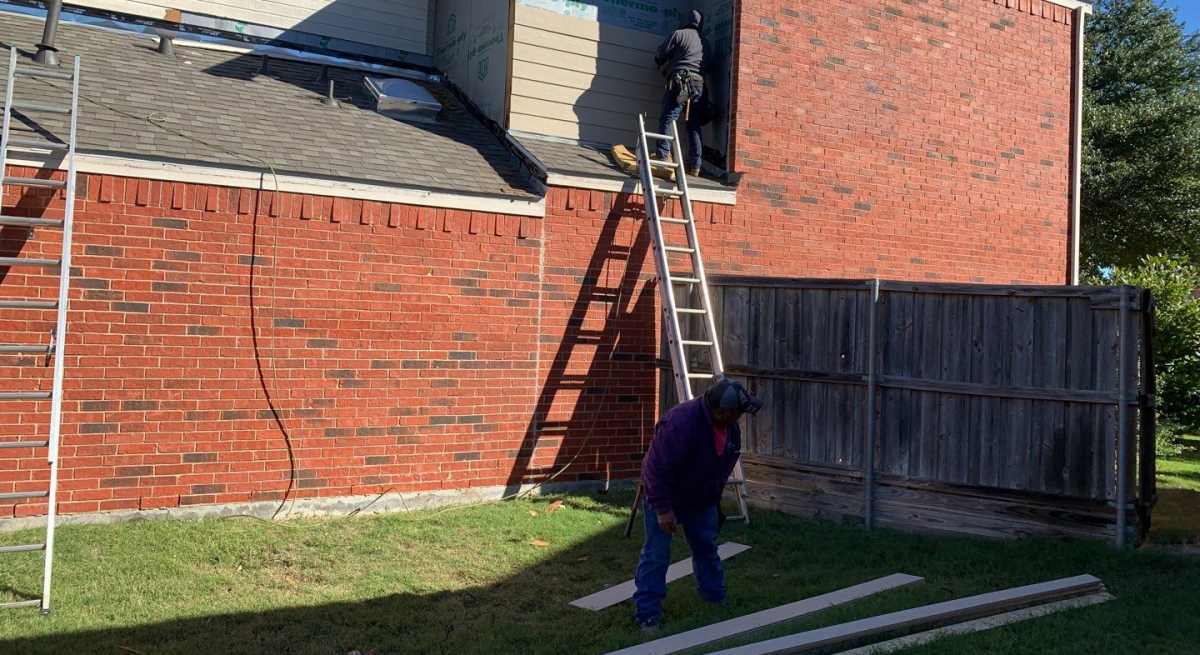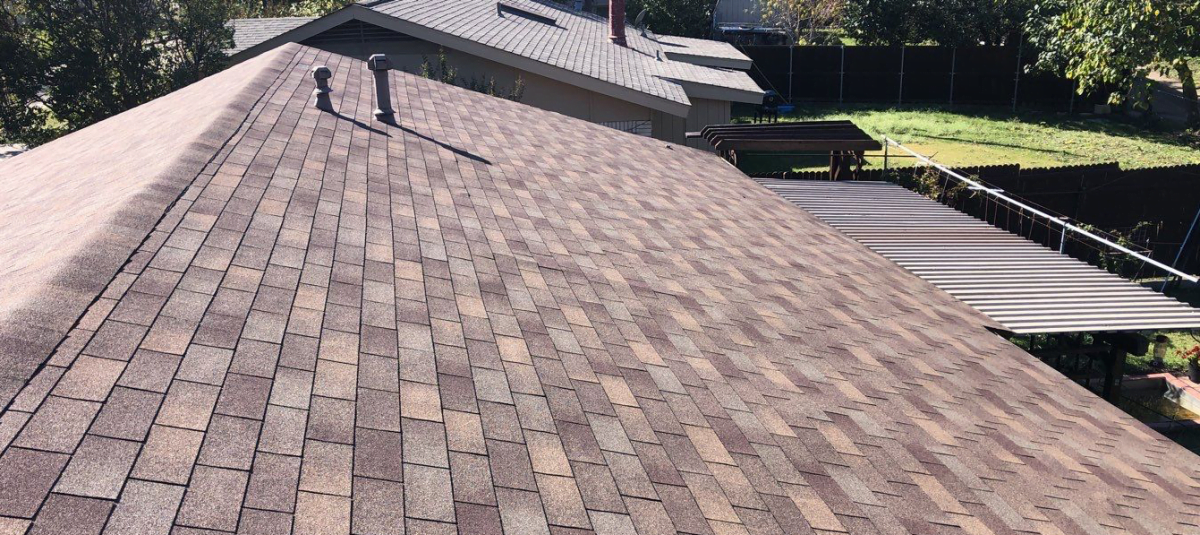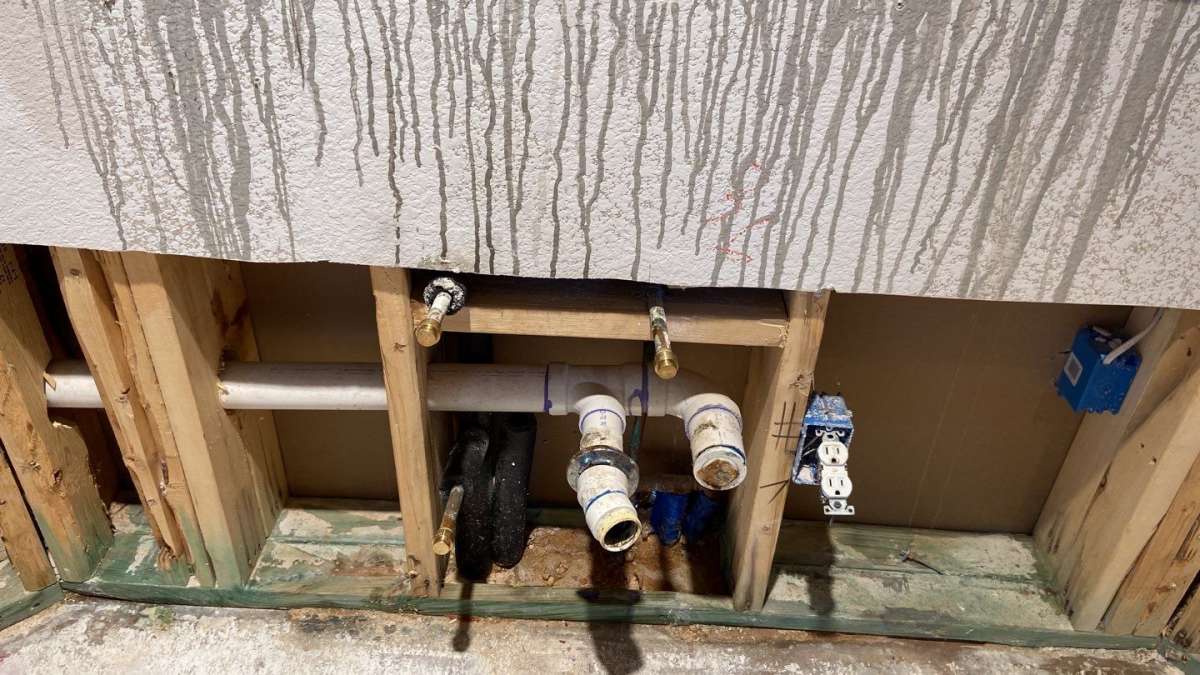
Tips To Ensure The Best Quality of Your Roof Installation
Your roof is an integral part of your home, so it’s important to take the time to plan the roof installation process very seriously. There
Installing shingles is a crucial step in maintaining the integrity and longevity of your home. At ARR Contractors, we understand the importance of proper shingle installation to ensure a long-lasting and energy-efficient roof. We will discuss the steps and tips for a successful shingle installation.
Remove the Current Shingles: Remove the existing shingles, nails, and underlayment. Use a roofing shovel to make the job easier and be careful around sensitive areas like siding and chimneys Clear Off Debris: Remove any miscellaneous debris, including stray felt fasteners and nails. Sweep the roof free of any remaining debris with a stiff-bristled broom Inspect the Roof Deck: Inspect the roof deck for signs of water damage, unevenness, warping, or damage. If you find any issues, pause the shingle installation to repair them Installing the Underlayment Install the Drip Edges: Install the drip edges, ensuring they are aligned correctly and spaced away from the fascia board by about one-half inch Install the Underlayment: Install the underlayment, overlapping the strips by approximately half their width. Ensure there are no folds or wrinkles
Install the First Row of Shingles: Install the first row of shingles, also known as the starter strip, overhanging the drip edge by about a half-inch. Trim the starter course to get the tar strip as close to the edge of the roof as possible Mark the Roof: Mark the roof where the rest of the shingles will go using a chalk line. Snap out a grid with six-inch horizontal spacing and five-inch vertical spacing Install the Remaining Courses of Shingles: Install the remaining courses of shingles, cutting them to size as needed. Nail the shingles to the roof with roofing nails, ensuring the next shingles overlap the nail heads by at least one inch Install Shingles Around Structures: Cut shingles to size and use roofing cement to secure them around vents, chimneys, and skylights. Ensure no spaces are left, especially around ridge vents.
There are several types of homeowners insurance coverage, including: Actual Cash Value (ACV): This type of coverage pays the actual cash value of the property minus depreciation. Replacement Cost: This type of coverage pays the actual cost to replace the property without considering depreciation. Guaranteed Replacement Cost/Value: This type of coverage pays the actual cost to replace the property, even if it exceeds the policy limit.

Your roof is an integral part of your home, so it’s important to take the time to plan the roof installation process very seriously. There

Roofing manufacturers and roof installation companies are hesitant to suggest a DIY approach to asphalt shingles installation. Working at heights and slippery roof surfaces can

Flooding inside your home can occur due to rainwater roof leaks, a leak bathroom, a broken kitchen sink, etc. When you claim water restoration Plano TX,
Let us help you! We are experts at roofing services, and we offer a full range of repair and upkeep services.